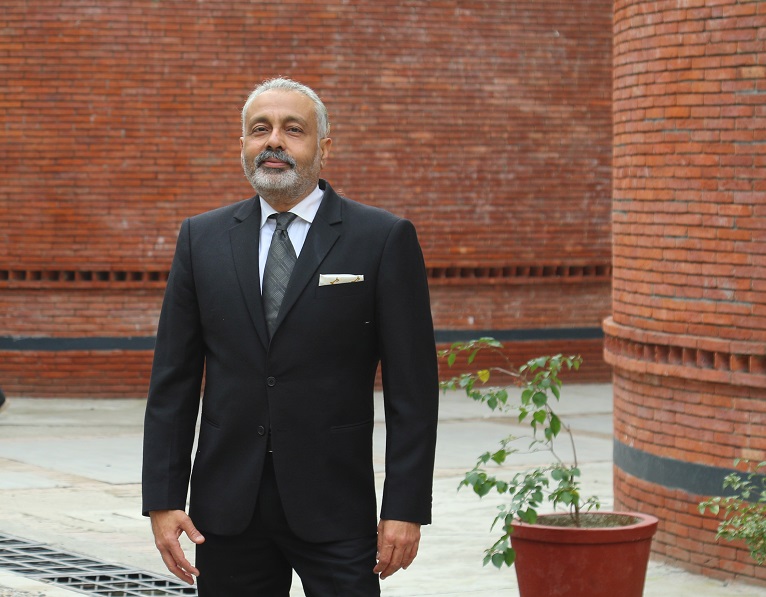Towards Gender Equality in Education - Anoop Singh Bishnoi
While the number of illiterate youth has decreased from 170 million to 115 million, nonetheless, the gender gap in literacy rates has remained relatively stable. For example, India has a significant gender disparity. Approximately 75% of Indian men have at least a basic level of literacy, while 51% of Indian women are literate.
Some of the findings of a survey conducted among teachers, parents, and students to understand their perceptions and attitudes towards gender in the education space were as follows: most parents believe that nurturing and caring for children are basic responsibilities of women. Most parents believe that women tolerate violence for the sake of the family, and they point to symbols of sacrifice and compassion as evidence. According to 34% of parents, the main cause of sexual abuse is girls’ behavior and sartorial style. Around 40% of teachers also stated that they assign decoration tasks to girls and tangible physical tasks to boys.
To address a deeply embedded value like gender inequality, systemic changes are required. Changes at multiple levels, including practises and processes that govern children’s day-to-day school experiences, must be targeted. Gender equality lessons and awareness sessions are undoubtedly beneficial, but they must be supplemented by gender-responsive interventions in other school processes and practices.
“When the teachers differentiate delegating roles and responsibilities In the classroom like assigning classroom chores to the girls and or pushing boys in sports, or conveying subtle messages on gender roles, such as men must take complete financial responsibility for their family while women must prioritize taking care of their children and family, they are doing nothing but supporting this gender-inequivalent behavior. Creating gender-equal schools would necessitate all stakeholders being gender responsive and addressing deeply ingrained stereotypes. This requires school leaders and educators to question any internalized gender biases and to consciously create classroom and school spaces conducive to dialogue and discussion,” says Anoop Singh Bishnoi, Chairman of The Doon School, Dehradun.
To make any significant progress, we must consider advancing gender equality in and through education. Gender parity in enrollment, school completion, representation of gender diversity, and equal opportunity for children of all genders to be empowered by education are examples of the former. Gender equality through education requires a larger effort, one that makes addressing gender inequality in the larger society and country an underlying mission of education.




Comments
Post a Comment